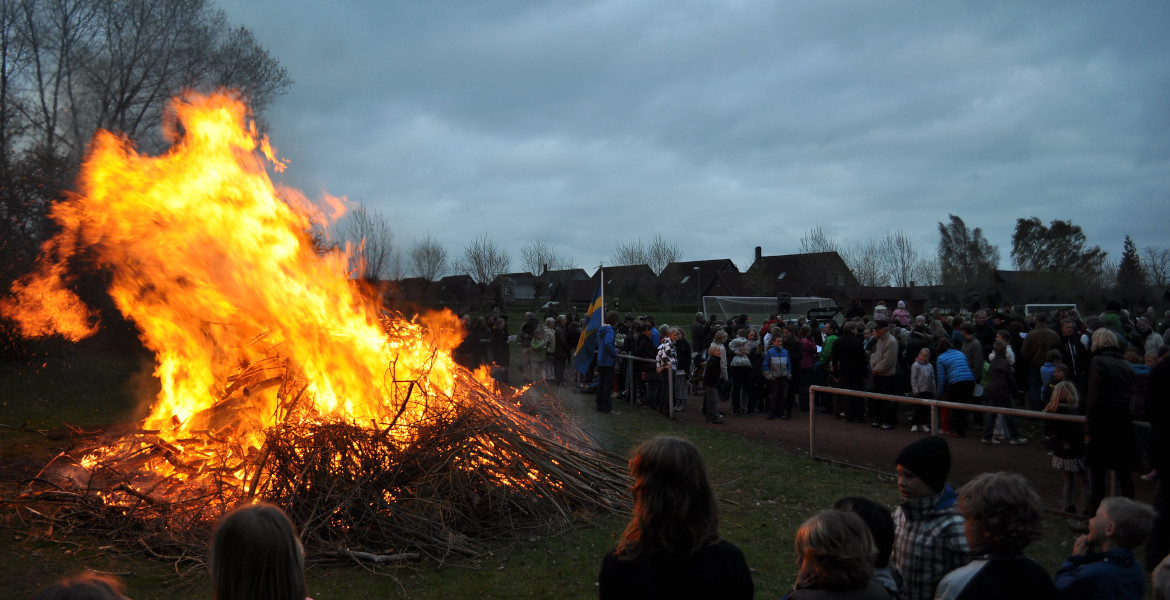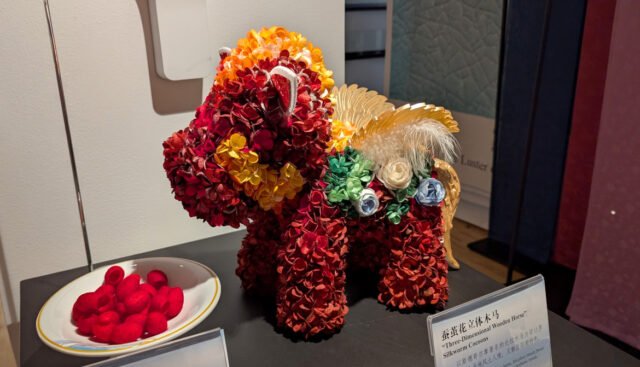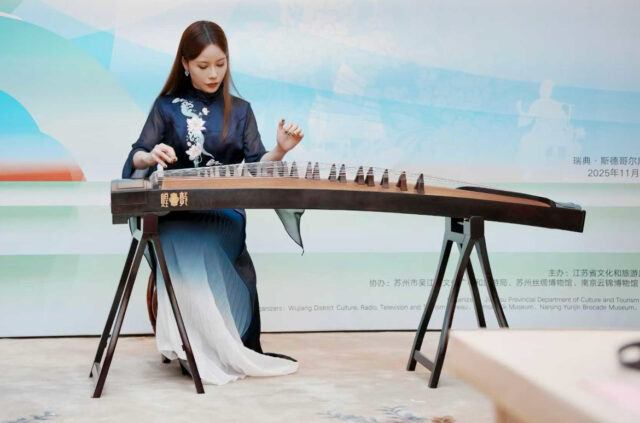A skeleton from the Viking Age has been found in Norway with burial details that have never before been documented in pre-Christian graves in the Nordic region. The find has led archaeologists to work in secret, and now DNA analyses will provide answers to the mystery surrounding the woman from the 800s.
The discovery was made in Bjugn in Trøndelag, central Norway, after Roy Søreng was searching with a metal detector in a field in Val earlier this year. When he found a belt buckle, a typical ornament from the Viking Age, he contacted the authorities.
Archaeologists from NTNU Vitenskapsmuseet (the Norwegian University of Science and Technology's Museum of Natural History and Archaeology) and Trøndelag municipality then began work at the site where they were able to confirm that it was a grave.
— The Viking Age grave contains what we believe is a woman, buried with typical Viking Age dress and jewelry from the 800s. This indicates that she was a free and probably married woman, perhaps the mistress of the farm, said senior engineer Raymond Sauvage at the Department of Archaeology and Cultural History at Vitenskapsmuseet in a press release.
Remarkable find
The work has since continued in secret because the find was deemed so significant. Now the archaeologists reveal that they found jewelry consisting of two oval brooches that fastened the straps of the pinafore dress, as well as a small ring brooch that closed the neck opening of the undergarment. It was one of these brooches that Søreng originally discovered. The skeleton was also very well preserved.
But the most remarkable aspect is what was found at the dead woman's mouth.
— The most remarkable thing is two scallop shells placed at the deceased's mouth. This is a practice not previously known from pre-Christian graves in Norway. We don't yet know what the symbolism means, said Sauvage.
The burial custom with shells did not become common until approximately 300-400 years later, and pre-Christian graves with shells have never before been found in Scandinavia, Sauvage explains.
— We must try to find out what significance this had, he told Norwegian state broadcaster NRK.
Second find in a short time
The shells were positioned with the curved side outward and the straight edge upward, so that they partially covered the mouth. Along the grave, the researchers also found small bird bones, probably from wings.
During the Viking Age, burials were ritual stagings where jewelry, clothing and grave goods expressed status and identity. The deceased was displayed with dress, bedding and symbolic objects to create a strong memory and emphasize the family's social position.
Earlier this year, another grave was found in the same field, dated to the 700s. The next step is to DNA-analyze the find to learn more about the woman in the grave, including whether she may be related to the person in the other grave.
— We will examine the skeleton, preserve the objects and take samples for dating and DNA analysis. The goal is to learn more about the person and, if possible, kinship to the earlier find from the same location, said Sauvage.








